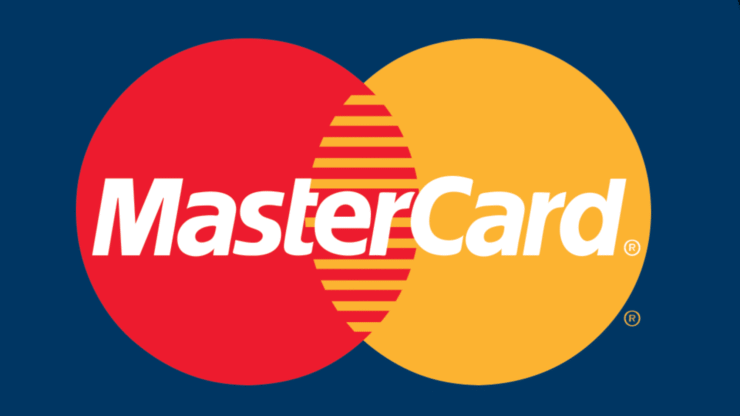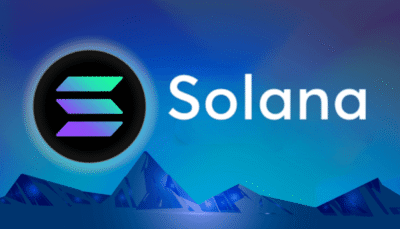In a bold extension of its crypto strategy, Mastercard has teamed up with MoonPay to roll out a global payment card service powered by stablecoins. The new offering will enable users to make and receive payments in digital currencies like USDC and USDT, with transactions seamlessly converted into local fiat at the point of sale.
The infrastructure behind the initiative is being provided by Iron, a stablecoin payments company acquired by MoonPay earlier this year. The technology ensures fast and reliable settlement, targeting use cases like cross-border commerce, digital creator payments, and global remittances—sectors where traditional finance often lags.
The move highlights Mastercard’s continued competition with Visa in staking a claim on the future of blockchain-based payments. It also reinforces a growing trend among major card networks to lean into crypto infrastructure, despite persistent regulatory uncertainty around the classification of digital assets.
While the U.S. Securities and Exchange Commission recently stated that some stablecoins do not qualify as securities, its stance on algorithmic or yield-bearing variants remains ambiguous. However, the agency’s decision to close its investigation into PayPal’s stablecoin project in April signaled a potentially softer tone in certain corners of the market.
Mastercard’s latest partnership with MoonPay adds to a growing list of Web3-focused collaborations and underscores the card giant’s commitment to embedding stablecoins into mainstream financial tools.
Mastercard Expands Lead With Stablecoin Payment Network
Mastercard’s partnership with MoonPay is the latest in a string of crypto-focused initiatives aimed at cementing the company’s lead in the digital asset payments space. Just last month, Mastercard teamed up with crypto exchange OKX and payments processor Nuvei on a similar rollout. Under that collaboration, OKX is set to introduce a crypto-linked card, while Nuvei—working alongside USDC issuer Circle—will provide the merchant-facing infrastructure for stablecoin transactions.
These moves come as rival Visa launches its own stablecoin pilot across Latin America. On May 1, Visa unveiled a program allowing users in Argentina, Colombia, Mexico, Peru, Chile, and Ecuador to transact directly in stablecoins using their existing balances. The pilot is expected to expand to Europe, Asia, and Africa in the coming months.
While Visa’s regional play signals growing interest in emerging markets, Mastercard’s multi-pronged strategy—with MoonPay, Circle, OKX, and others—appears to be positioning the company for broader global dominance in the race to integrate stablecoins into mainstream payments.
Quick Facts
- Mastercard and MoonPay have partnered to launch a stablecoin-powered global payment card, enabling seamless conversion between digital and fiat currencies.
- The infrastructure is powered by Iron, a payments firm acquired by MoonPay, and focuses on fast settlements in remittances, creator payouts, and cross-border trade.
- The partnership follows Mastercard’s other crypto collaborations with OKX, Nuvei, and Circle, reinforcing its lead in the digital payments race.
- Visa launched its own stablecoin pilot in six Latin American countries, with global expansion planned, intensifying the stablecoin card competition.





